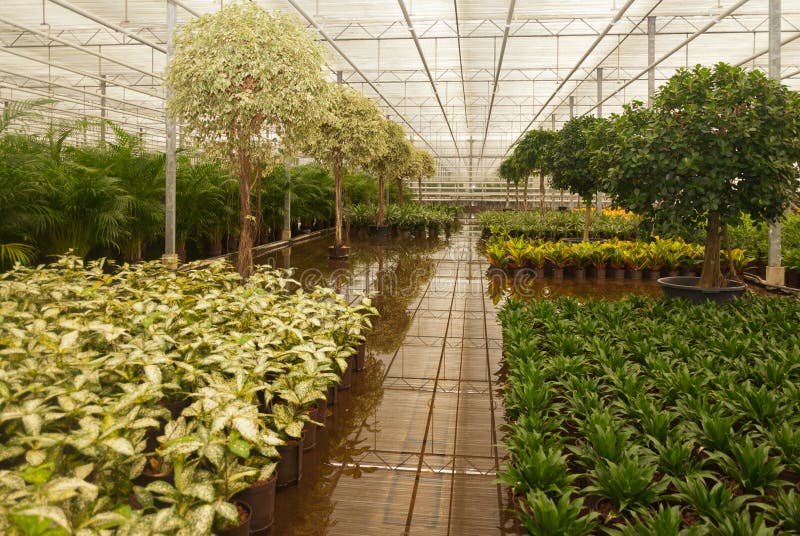Four Actions For Growing Orchids Indoors
Four Actions For Growing Orchids Indoors
Blog Article
This will keep the plant healthy so it will continue to produce and live healthily. You can buy pre-mixed potting soil or make your own. That does not suggest you can't still sell some excellent products.
Mushrooms. For those without space to garden, growing mushrooms for earnings can produce a great return in a small space. Unique mushrooms, such as oyster and shiitake, make good sense, as they can be grown inside without soil. Oyster mushrooms, for instance, produce around 25 pounds per square foot of growing space in a year's time. At the present cost of $6 a pound, that's $15,000 worth of mushrooms from a 10'x10' space! Exotic mushrooms do not travel well, so little local growers will constantly have an edge over far-off manufacturers. At our regional Saturday market, the oyster mushrooms are likewise the very first products to sell out.

Thin Out Fruit Trees to Encourage Production: Fruit trees should remain in complete blossom throughout May. They usually produce more fruit than can grow to maturity. Some of the immature fruit will fall off naturally. Thin the remaining smaller, unhealthy-looking fruit from the branches. This will permit the more powerful fruit to prosper.
One of the trees successfully bred in nurseries are Leylandii trees. This is among the reasons Leylandii has been successfully produced and offered to the marketplace. In truth, this tree is one of the best-sellers in any nursery because of the need that gardeners have for this fast-growing tree.
By now the original 1,000 plants that she purchased at 50 cents each are large enough to dig and offer, and they are worth $10.00 to $15.00 each wholesale. That's $8,000 from a $500 financial investment, plus she can produce as many variegated weigela as she desires without buying anymore cuttings.
Considering that pruning your new tree is not advisable for a minimum of the first season, however ideally for two seasons after het aardbeienterras pannenhoefsebaan rijsbergen, it is best to begin with a branch structure that needs no restorative cutting at the start. There will be plenty of specimens of the types you choose, so select thoroughly. Try another nursery if the right branch structure is not available. It will be worth your additional time to get this right.
Plant More read more Winter Season Veggies: You can plant more winter season vegetables now, particularly lettuce and other leafy greens. When planted in January, radishes, carrots and beets also do well.
As long as you keep taking cuttings the plants will stay fairly little, and compact. Then after two or 3 years, dig them up, put them in pots and sell them. Already you will have thousands more coming on that you can take cuttings from. Start slow until you understand what there is a market for.
Ask landscapers and members of the gardening community what plants they're searching for. A normal plan is to donate 20 to 30 percent of your gross sales for the day to the organization. Report this page